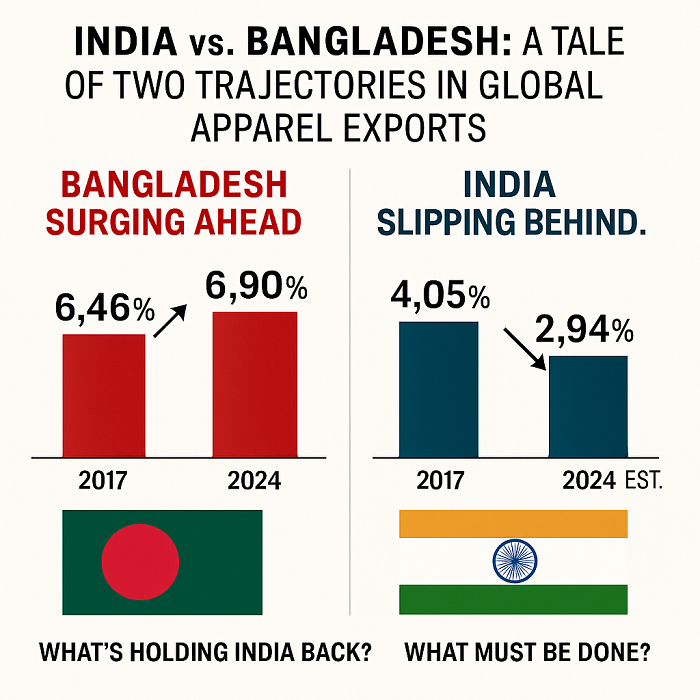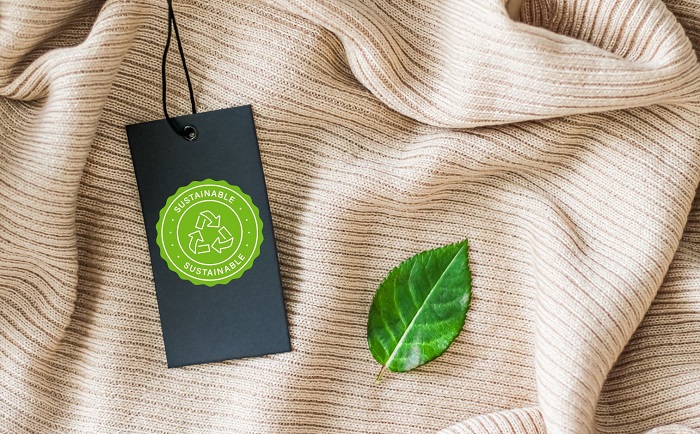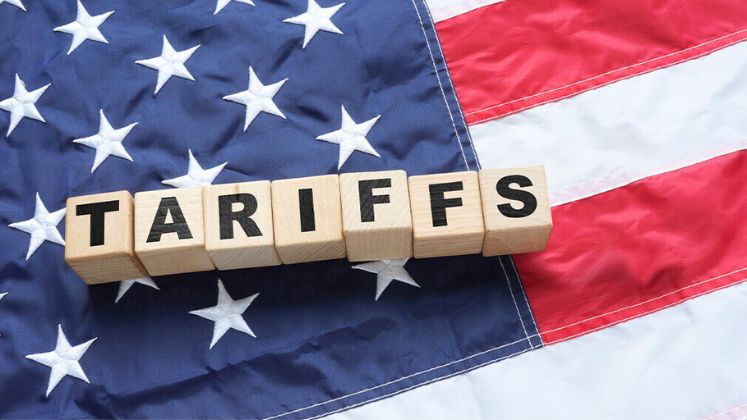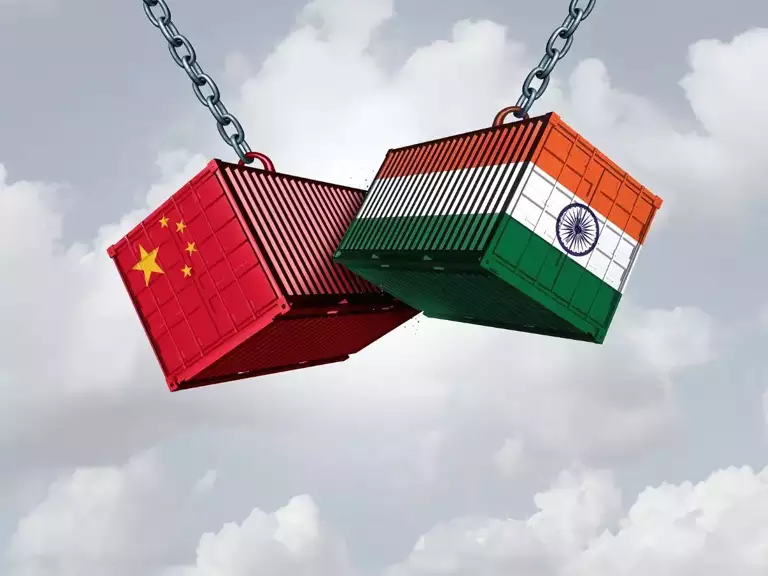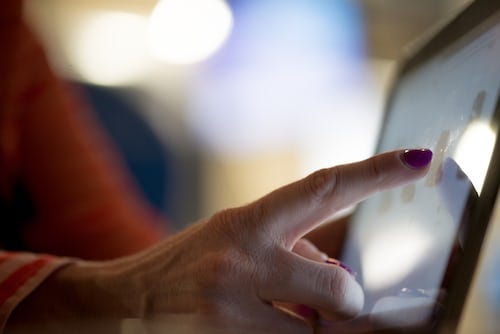
In a world where fashion unfolds in pixels and checkout happens with a click, legacy fashion brands are wrestling with a new kind of customer detachment: the vanishing footstep. As e-commerce booms and the dopamine rush of next-day deliveries becomes addictive, these stalwarts of style are charting a new course—one that doesn’t abandon digital but uses it as a springboard to bring shoppers back into the real world.
The stakes are high. While online fashion sales are expected to hit $133 billion by 2029, recent data from the British Retail Consortium reveals a sobering trend: non-food in-store sales in the UK slipped 1.0 per cent year-on-year in February 2025. And yet, not all is lost. Almost 68 per cent of luxury consumers still prefer in-person buying for designer goods. The message is clear: digital might drive desire, but physical still seals the deal.
The store as storyteller
Retail transformation consultants say, the physical store isn’t dead—it’s being reborn. Stores today, are less a point of sale and more a stage where brands perform their identity. Legacy brands, steeped in heritage, now see their stores as temples of experience: immersive, social, and deeply personal.
From Chanel’s masterclasses to Levi’s in-store customizations, the traditional store is evolving into something tactile and memorable—something worth stepping out for.
Stitching the digital to the physical
Before anyone steps into a store, they must know it exists—and be nudged toward it at the right moment. Brands are investing in hyper-local SEO, geo-targeted ads, and Local Inventory Ads (LIAs), which show real-time in-store availability. According to Google, 88 per cent of local mobile searches lead to store visits within a week. As an expert points out your store needs to show up in the right place at the right time and that starts on the customer’s phone.
The rise of ‘Phygital’ retail
Click & Collect (BOPIS) is more than convenience, it’s a bait as studies show 15-25 per cent of customers make extra purchases while picking up online orders. Return in-store (BORIS) services similarly double as footfall drivers. Interactive screens, mobile geo-fencing, and personalized SMS reminders—“The jacket you browsed is in-store!”—complete the feedback loop.
Zara, for instance, has turned BOPIS into an art form, reducing friction and increasing impulse buys in the same visit.
Creating experiences, not just transactions
Today’s consumer shops not just with their wallet, but with their camera and calendar. Stores are becoming Instagrammable spaces and community centers. H&M hosts artist collabs. Louis Vuitton stages art installations. Levi’s offers denim customizations. In-store AR and virtual try-ons further blend convenience with novelty, while digital mirrors and interactive lookbooks enhance both self-service and discovery.
Also personalized styling sessions—bookable online—are bringing back the lost art of one-on-one service. Legacy brands are also training staff not just as sellers but as brand ambassadors, weaving in storytelling and emotional connection. Even how a stylist remembers your size can be part of the brand experience.
The fabric of personalization
In a phygital world, data becomes the thread that stitches online and offline together. Unified customer profiles, built from web browsing, purchase history, loyalty data, and even in-store visits, now guide everything from product recommendations to event invitations. Retailers are deploying heatmaps, sensors, and even AI to analyze in-store movement—refining layouts, inventory placement, and staff deployment.
Table: Digital strategies driving physical footfall
|
Digital Strategy |
Description |
Footfall Impact |
|
Optimized Local Presence |
Comprehensive Google My Business, localized SEO, accurate store locators with rich information, LIAs. |
Increased Discoverability: Easier for local customers to find stores. Higher Intent Visits: Customers know product availability, reducing wasted trips. |
|
BOPIS/Click & Collect |
Customers buy online and pick up in-store. |
Guaranteed Visits: Direct incentive to enter the store. Increased Basket Size: High likelihood of additional impulse purchases during pickup. |
|
Geo-Targeted Mobile Marketing |
Targeted promotions/messages sent to customers near a physical store. |
Immediate Conversion Opportunities: Captures impulse decisions. Personalized Engagement: Relevant offers based on location and potentially Browse history. |
|
In-Store Events/Workshops |
Hosting fashion shows, styling sessions, designer talks. |
Experiential Attraction: Provides a unique reason to visit beyond shopping. Community Building: Fosters loyalty and brand connection. Media Buzz: Generates social media content and PR. |
|
AR/VR Experiences In-Store |
Virtual try-on, interactive displays. |
Enhanced Engagement: Offers a novel and entertaining shopping experience. Reduced Friction: Eliminates need for physical changing, potentially leading to faster decisions. |
|
Personalized Styling Services |
One-on-one appointments with stylists. |
High-Touch Service: Appeals to customers seeking expert advice and tailored experiences. Increased Conversion: Leads to higher value purchases due to personalized recommendations. |
|
User-Generated Content (UGC) |
Encouraging customers to share in-store experiences on social media. |
Authentic Promotion: Builds trust and credibility. Wider Reach: Expands brand visibility through organic social media sharing. |
|
Integrated Loyalty Programs |
Rewards for both online and offline purchases, redeemable in-store. |
Repeat Visits: Incentivizes continued engagement across channels. Data Collection: Gathers valuable customer insights for further personalization. |
Brands leading the way
Burberry’s flagship in London melds tech and tradition, with RFID clothing triggering videos and personalized appointments booked online. H&M uses mobile app features to blur online-offline lines, encouraging scan-to-shop and event attendance. Levi’s Tailor Shops have turned simple jeans into bespoke statements. Louis Vuitton, meanwhile, transforms its stores into sensory galleries—with timed releases and curated installations promoted heavily online.
Turning browsers into visitors
Looking ahead, the convergence of AI, AR, and in-store sensorial tech (like ambient scent and touch-reactive surfaces) could make stepping into a store feel like entering another dimension. The challenge is not just to impress, but to invite and involve. Fashion retail’s future won’t be a tug of war between clicks and bricks—it’ll be a choreography, and legacy brands, armed with history and now data, must master this.
The door to the store may be physical, but today, it opens first through a screen. And in 2025’s hyper-connected world, those who stitch the digital thread with authenticity, relevance, and creativity will find customers walking right in.

